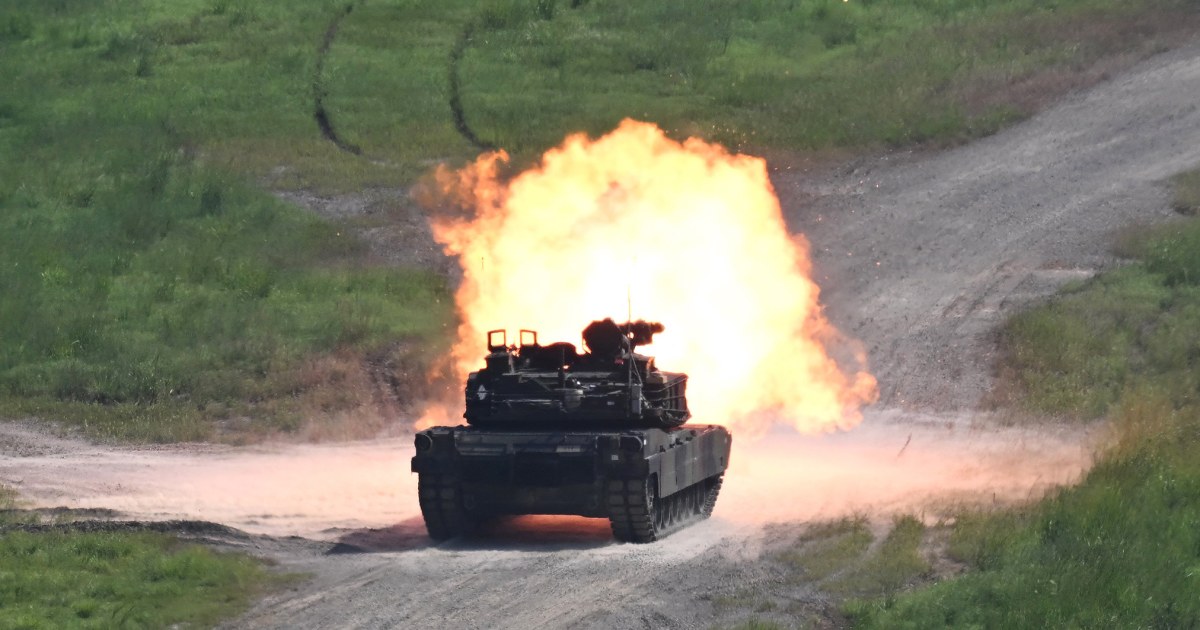World
US and South Korea begin military drills to strengthen defense against North Korea

SEOUL, South Korea — U.S. and South Korean troops kicked off a large-scale exercise Monday aimed at strengthening their combined defense capabilities against nuclear-armed North Korea, which again accused the allies of practicing an invasion.
The annual summertime exercise comes amid heightened tensions on the Korean Peninsula as the pace of both North Korea’s weapons demonstrations and the U.S.-South Korea combined military exercises have intensified in a cycle of tit-for-tat.
The exercise began hours after North Korea’s Foreign Ministry issued a statement repeating the North’s contention that such exercises are “provocative war drills for aggression.” It said the North’s nuclear ambitions are thus justified, adding that it is crucial to “constantly maintain the balance of power for preventing a war by stockpiling the greatest deterrence.”
The United States and South Korea described their joint drills as defensive in nature and said they have been expanding and upgrading their training in recent years to cope with the North’s evolving threats.
The U.S. and South Korean militaries did not immediately react to the North Korean Foreign Ministry statement.
The Ulchi Freedom Shield drills, which continue for 11 days through Aug. 29, include both computer-simulated war games and more than 40 kinds of field exercises, including live-fire drills. The allies said this year’s program is focused on enhancing their readiness against various North Korean threats, including missiles, GPS jamming and cyberattacks, and will also reflect lessons learned from recent armed conflicts.
About 19,000 South Korean military personnel will participate in the drills, which will be held concurrently with civil defense and evacuation drills from Monday through Thursday that will include programs based on North Korean nuclear attack scenarios.
The U.S. military has not confirmed the number of American troops participating in the drills or said whether they will involve U.S. strategic assets. The United States in recent months has increased its regional deployment of long-range bombers, submarines and aircraft carrier strike groups to train with South Korean and Japanese forces.
The drills could trigger a belligerent response from North Korea, which has been flaunting its growing weapons program and issuing verbal threats of nuclear conflicts against Washington and Seoul.
Earlier this month, North Korean leader Kim Jong Un staged a huge ceremony in the country’s capital, Pyongyang, to mark the delivery of 250 nuclear-capable missile launchers to frontline military units and called for a ceaseless expansion of his military’s nuclear program.
The event added to concerns about Kim’s weapons program as he demonstrates an intent to deploy battlefield nuclear weapons along the North’s border with South Korea and claims that his military could react with preemptive nuclear strikes if it perceives the leadership as under threat.
Analysts say Kim may seek to dial up pressure in a U.S. election year as he advances his long-term goals of forcing Washington to accept the idea of the North as a nuclear power and negotiate economic and security concessions from a position of strength.
During last year’s Ulchi Freedom Shield exercises, North Korea conducted ballistic missile tests that it described as simulating “scorched earth” nuclear strikes on South Korean targets.
The North in recent weeks has also flown thousands of balloons carrying trash toward the South in a psychological warfare campaign that has further deteriorated relations between the war-divided rivals.










